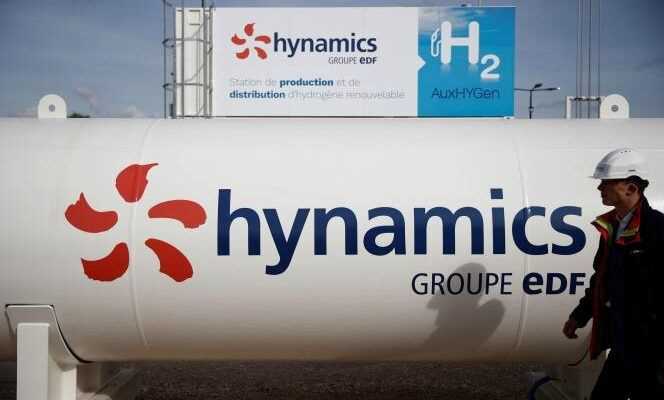“A gradual elimination of fossil gas. “ This is the ambitious objective posted by Kadri Simson, European Commissioner for Energy, on Wednesday 15 December, during the presentation of the second package of measures aimed at reducing by 55%, by 2030, greenhouse gas emissions European Union (EU) greenhouse, before achieving carbon neutrality in 2050.
The Brussels executive is tackling several big issues. With its “gas package”, the European Commission wants to set the rules for a European market for hydrogen, renewable gases and “low carbon” gases, which will gradually supplant fossil gas, which emits CO.2 and whose consumption will inevitably decrease. It was then to the reduction of methane emissions that the officials in Brussels became interested. Finally, Frans Timmermans, Vice-President of the Commission, in charge of the Green Deal, underlined “The urgency to act” to renovate the building stock, responsible for 36% of greenhouse gas emissions in the Twenty-Seven.
The course is clear: we must decarbonize in all directions. First, electrify with renewable energies, then use “carbon-free” gas, with hydrogen at the center of the game, to meet the needs of particularly energy-intensive sectors, such as heavy industries. But the road to achieve this is tortuous, and it is already the subject of criticism, in particular from NGOs. The European Environment Bureau (EEB) thus denounces a “Christmas gift to the fossil industry”. “The Commission is not laying the groundwork clearly enough to prepare for an exit from fossil gas by 2035 at the latest », Regrets Esther Bollendorff, of the Climate Action Network.
Hydrogen “Golden Age”
At the heart of the discord: the so-called “low carbon” hydrogen, also nicknamed “blue hydrogen”. To aspire to this name, this type of hydrogen will have to present greenhouse gas emissions reduced by 70% compared to “natural” gas, according to the definition proposed by the European Commission.
While “green” hydrogen is produced from renewable energies, thanks to electrolysis, 96% of the hydrogen produced today is produced from fossil gas. The Commission is therefore counting on this intermediate category, that of a “low carbon” hydrogen, emitted from nuclear energy or fossil gas, areas in which factories will have to acquire carbon capture and storage technologies – very expensive and underdeveloped – to meet EU climate targets. The Commission oversees the development of this sector.
You have 57.01% of this article to read. The rest is for subscribers only.
